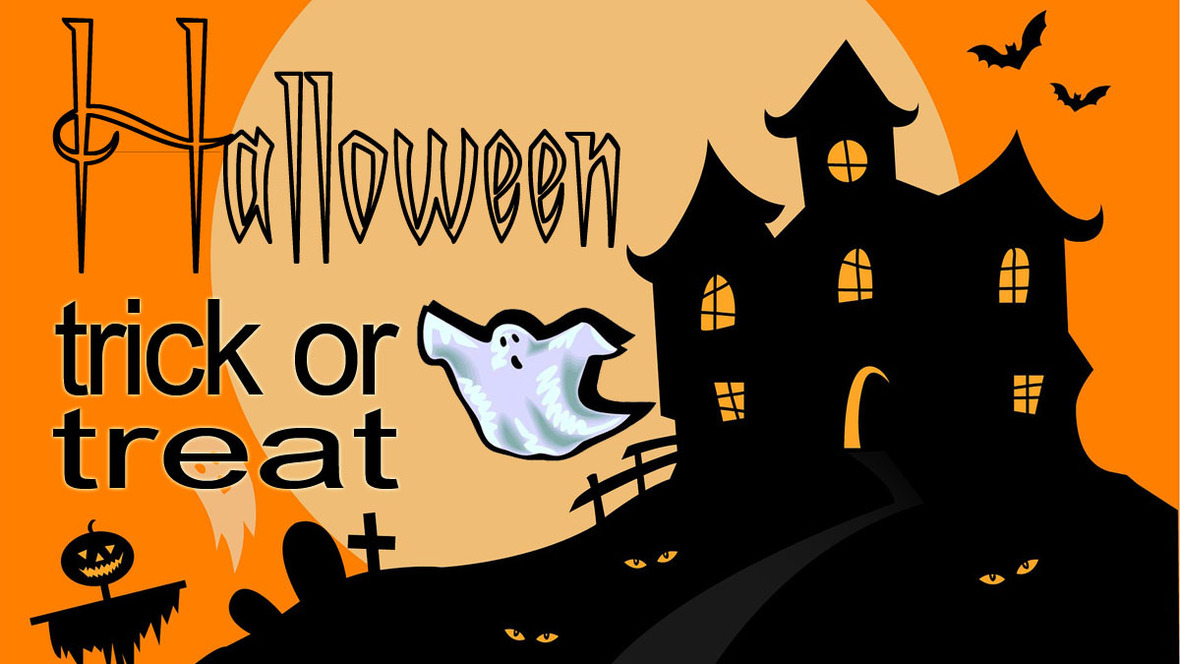Trick-or-treating became widespread in the U.S. after World War II, driven by the country’s suburbanization that allowed kids to safely travel door to door seeking candy from their neighbors. In 2020, that tradition looked different due to the coronavirus pandemic. Here, a costumed actor hands out candy at a Halloween drive-through experience in Woodland Hills, California.
Photograph by Mario Anzuoni, Reuters
Please be respectful of copyright. Unauthorized use is prohibited.
Every year on October 31, adults listen for the sound of a knock on their door from costumed children, arms outstretched with a bag open for candy. In modern times, trick-or-treating has become a nearly sacred Halloween tradition in the United States.
Yet historians say the origins of kids begging their neighbors for food may date back to ancient Celtic celebrations or even a long-lost Christmas custom. And the phrase itself dates back to the 1920s, when Halloween pranks once set entire cities on edge. Here’s how trick-or-treating evolved.
Halloween is thought to date back more than 2,000 years to Samhain, a Celtic New Year’s Day that fell on November 1. Demons, fairies, and spirits of the dead were thought to walk the Earth the night before when the separation was thin between the worlds of the living and the dead.
People take part in a sunset ceremony for Samhain in Glastonbury, England, in 2017. The Celtic festival—which later became Halloween and typically includes a parade, dancing, and bonfires—marks the division between the lighter half of the year, summer, and the dark of winter.
Photograph by Matt Cardy, Getty
Please be respectful of copyright. Unauthorized use is prohibited.
The Celts lit bonfires and set out gifts of food, hoping to win the favor of the spirits of those who had died in the past year.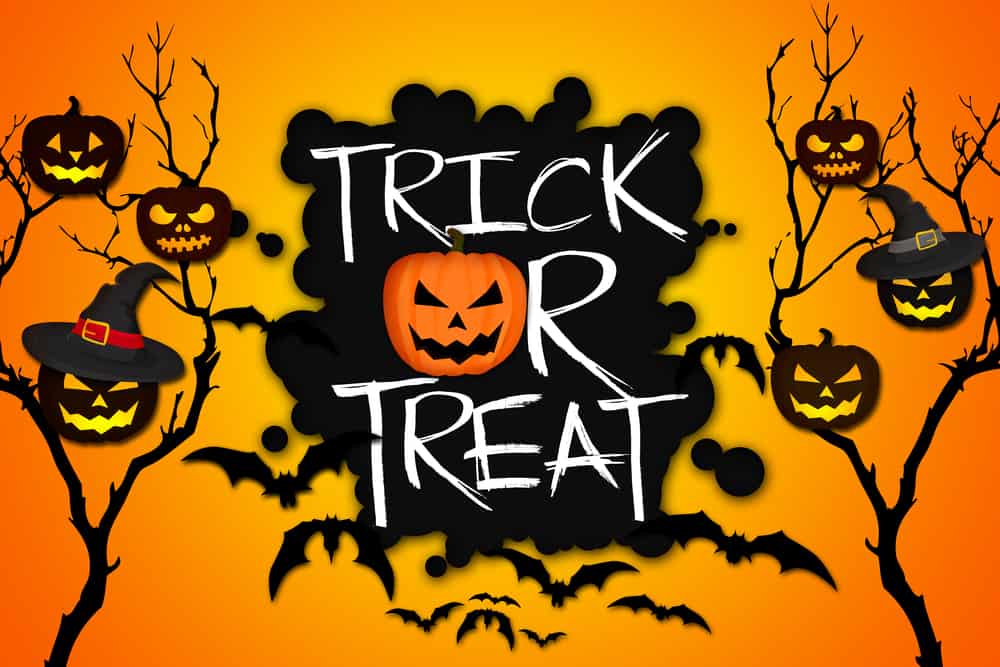 They also disguised themselves so the spirits of the dead wouldn’t recognize them.
They also disguised themselves so the spirits of the dead wouldn’t recognize them.
Samhain later transformed in the seventh century into All Saints’ Day or All Hallows’ Day as Christian leaders co-opted pagan holidays. But the night before continued to be observed with bonfires, costumes, and parades under the new name All Hallows’ Eve—later “Halloween.”
European immigrants then brought Halloween to the United States, and the celebration became popular in the 1800s, when Irish American immigration exploded. Their folk customs and beliefs merged with existing agricultural traditions, meaning Halloween dabbled in the occult, but stayed grounded in the fall harvest. Over the years, the holiday became a time for children to dress up as the ghosts their ancestors once feared.
An old cabinet photograph shows a young woman and five boys in full Halloween costume in Lexington, Oklahoma, circa 1890.
Photo by L Cranson via Transcendental Graphics/Getty
Please be respectful of copyright.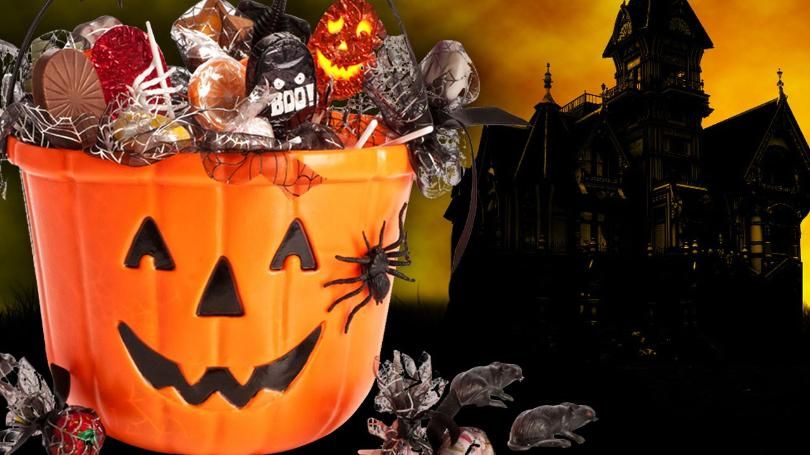 Unauthorized use is prohibited.
Unauthorized use is prohibited.
(Read more about the holiday’s history and myths.)
But how did those Celtic traditions evolve into one of children trick-or-treating in costumes for fun and candy—not for safety from spirits?
According to the fifth edition of Holiday Symbols and Customs, in as early as the 16th century, it was customary in England for those who were poor to go begging on All Souls’ Day, and children eventually took over the custom. At the time, it was popular to give children cakes with crosses on top called “soul cakes” in exchange for prayers on your behalf.
Lisa Morton, author of Trick or Treat: A History of Halloween, traced one of the earliest mentions of typical Halloween celebrations to a letter from Queen Victoria about spending Halloween around a bonfire in Scotland in 1869.
“Having made the circuit of the Castle,” the letter said, “the remainder of the torches were thrown in a pile at the south-west corner, thus forming a large bonfire, which was speedily augmented with other combustibles until it formed a burning mass of huge proportions, round which dancing was spiritedly carried on.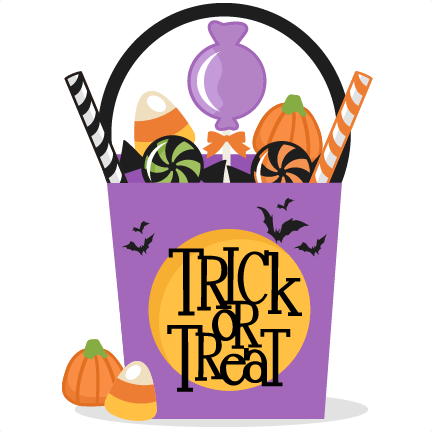 ”
”
Morton writes that people in the American middle class often were anxious to imitate their British cousins, which would explain a short story printed in 1870 that painted Halloween as an English holiday celebrated by children with fortune-telling and games to win treats.
However, Morton writes that it’s possible that trick-or-treating may be a more recent tradition that, surprisingly, may have been inspired by Christmas.
A popular 18th- and 19th-century Christmas custom called belsnickling in the eastern areas of the U.S. and Canada was similar to trick-or-treating: Groups of costumed participants would go from house to house to perform small tricks in exchange for food and drink. Some belsnicklers even deliberately frightened young children at houses before asking if they had been good enough to earn a treat. And other early descriptions say that those handing out treats had to guess the identities of the disguised revelers, giving food to anyone they couldn’t identify.
In the 19th century, “tricks”—such as rattling windows and tying doors shut—were often made to look as though supernatural forces had conjured them. Some people offered candy as a way to protect their homes from pranksters, who might wreak havoc by disassembling farm equipment and reassembling it on a rooftop. By the early 20th century, some property owners had even begun to fight back and lawmakers encouraged communities to keep children in check with wholesome fun.
These pranks likely gave rise to the use of the phrase “trick-or-treat.” Barry Popik, an etymologist, traced the earliest usage of the phrase in connection with Halloween to a 1927 Alberta newspaper article reporting on pranksters demanding “trick or treat” at houses.
Trick-or-treating became widespread in the U.S. after the Second World War, when rationing ended and candy was once again readily available. The rapid development of suburban neighborhoods where it was easier than ever for kids to travel from house to house also fueled the rise of the tradition.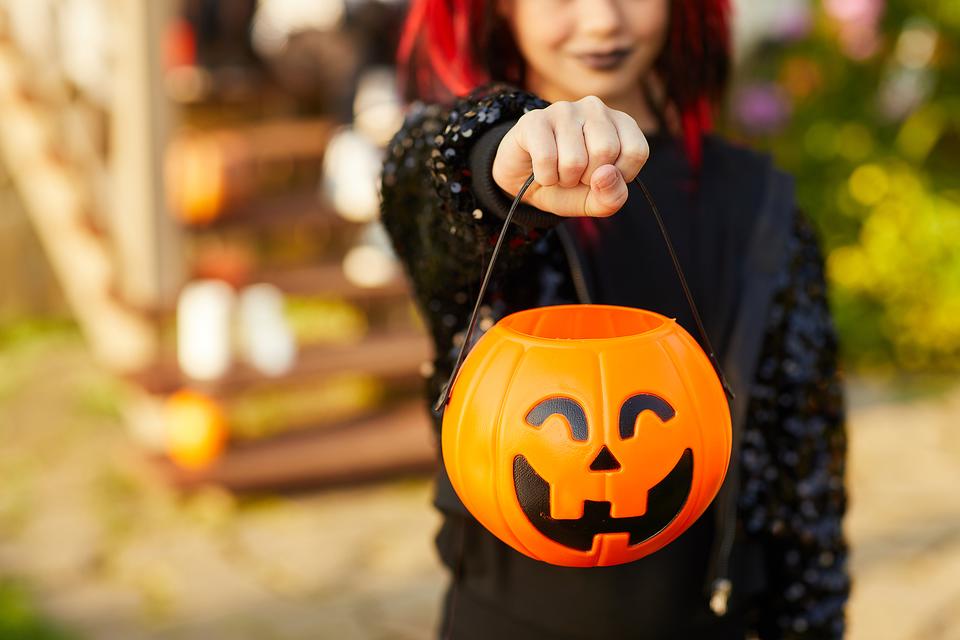
In the 1950s, Halloween imagery and merchandising started to reflect that popularity, and the holiday became more consumerist. Costumes went from simple, homemade attire mimicking ghosts and pirates to mass-produced costumes of beloved TV and movie characters.
As trick-or-treating’s popularity rose, adults found it far easier to hand out individually wrapped candies than apples, nuts, and homemade goodies. Candy had first made its appearance in the 1800s at American Halloween parties as taffy that children could pull, and candy is now solidified as the go-to “treat.”
By the mid 20th century, Halloween tricks of old had all but disappeared. Children just wanted candy and homeowners with their house lights on gave it to them. Those that preferred to avoid candy-giving entirely kept their lights off.
But even as Halloween became a wholesome family activity, urban myths arose in the 1960s that generated concern about whether it was really all that safe for kids to take candy from strangers.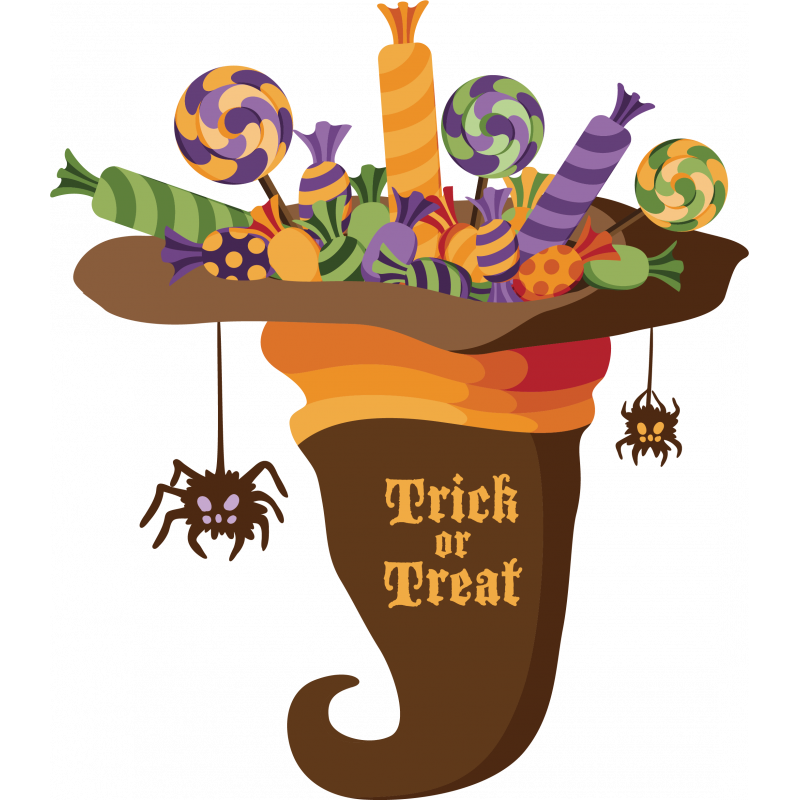 It’s difficult to trace the origins of urban myths like razor blades in apples or candy laced with drugs—although, in 1964, a New York housewife made headlines after deeming some trick-or-treaters too old and handing them packages of dog biscuits, poisonous ant bait, and steel wool.
It’s difficult to trace the origins of urban myths like razor blades in apples or candy laced with drugs—although, in 1964, a New York housewife made headlines after deeming some trick-or-treaters too old and handing them packages of dog biscuits, poisonous ant bait, and steel wool.
That incident gave rise to educational programs telling children to throw away unwrapped treats, and a shift toward commercial wrapped candy, earning an incidental win for candy manufacturers.
Since the rise of trick-or-treating after World War II, chocolate has reigned supreme as the most popular sweet to hand out. By 2009, Halloween had become the top U.S. holiday for chocolate sales, and that number keeps on growing.
The day has become the nation’s second-largest commercial holiday, and this year, Americans are expected to spend an estimated $3 billion on Halloween candy, according to the National Retail Federation. A good portion of that money is spent on Reese’s Peanut Butter Cups, which national distributor Candy Store says is America’s most beloved Halloween candy.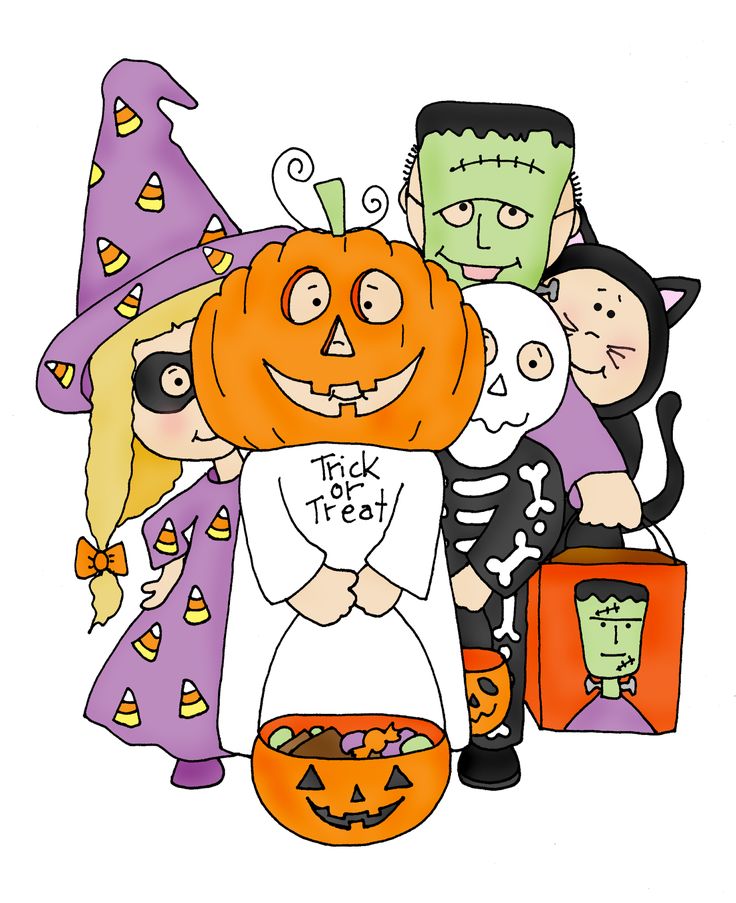
Candy corn, first manufactured in the 1880s, also remains a classic—even though it consistently ranks as America’s least favorite Halloween treat. About 35 million pounds of the orange, yellow, and white cone-shaped candy is produced each year with the majority sold for Halloween, according to the National Confectioners Association.
Candy sales took a dip in 2020 as COVID-19 restrictions forced trick-or-treaters indoors. But now, two years later, American children have once again taken to the streets to exhort their neighbors for sweets—and maybe even play some lighthearted pranks—much like the Celts and the belsnicklers that came before them.
Editor’s note: This story was originally published on October 27, 2021. It has been updated.
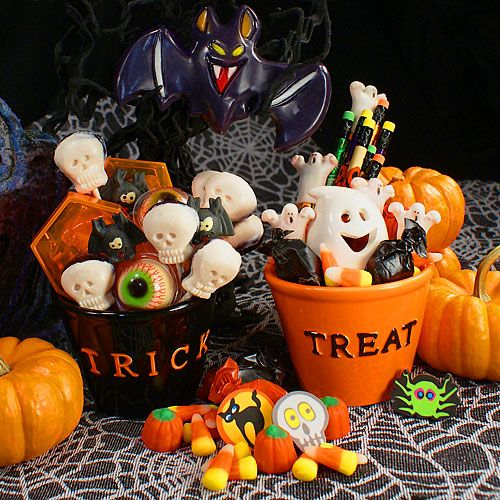 is coming to an end
is coming to an end
See More
Trick-or-treating, sometimes known as ‘guising,’ is a traditional Halloween event in which children dress up in scary outfits and knock on doors for candy.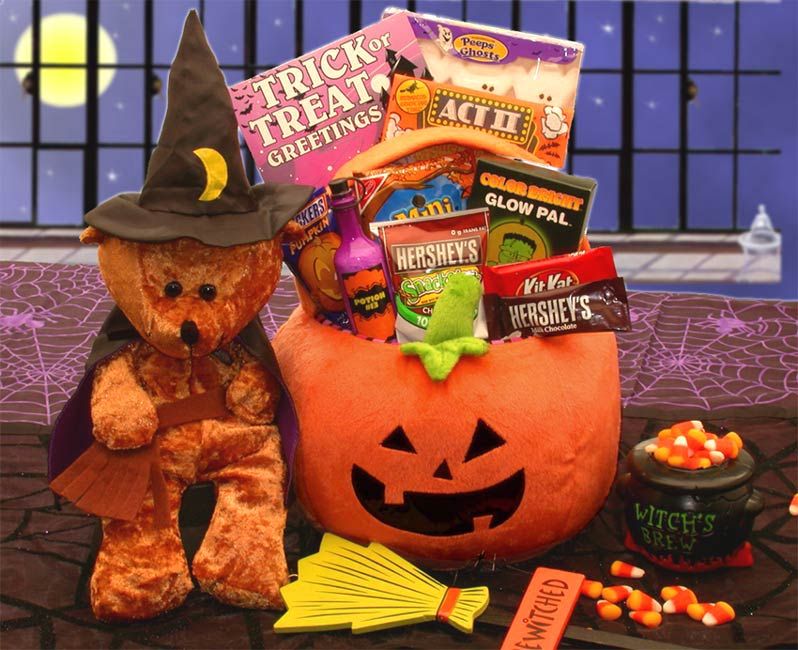 It has become socially acceptable to buy goodies in advance of trick-or-treaters if one lives in a neighborhood with children. It is a brilliant concept and among the most crucial Halloween rituals. The activity is popular in the United States and the United Kingdom and is quickly catching pace with the majority of the world.
It has become socially acceptable to buy goodies in advance of trick-or-treaters if one lives in a neighborhood with children. It is a brilliant concept and among the most crucial Halloween rituals. The activity is popular in the United States and the United Kingdom and is quickly catching pace with the majority of the world.
The origins of the ‘trick or treat‘ custom are unknown. A large percentage is Irish once again, traveling door to door to collect funds, bread loaf, butter, eggs, cheese, walnuts, apples, and other goods in preparation for the St. Columbus Kill festival was a medieval Irish peasant ritual. Another common practice was to request soul cakes or tributes for oneself in return for promises of prosperity or safety from luck. People often went door to door requesting goodies, and through this practice, the concept of fairies got established. If the treats are not delivered, the house owner usually gets exposed to practical jokes.
As per IrisleabharnaGaedhilge, ii, 370, Hallow E’en is renowned as oidhchena h-aimléise, The night of mischief or con in parts of Count Waterford.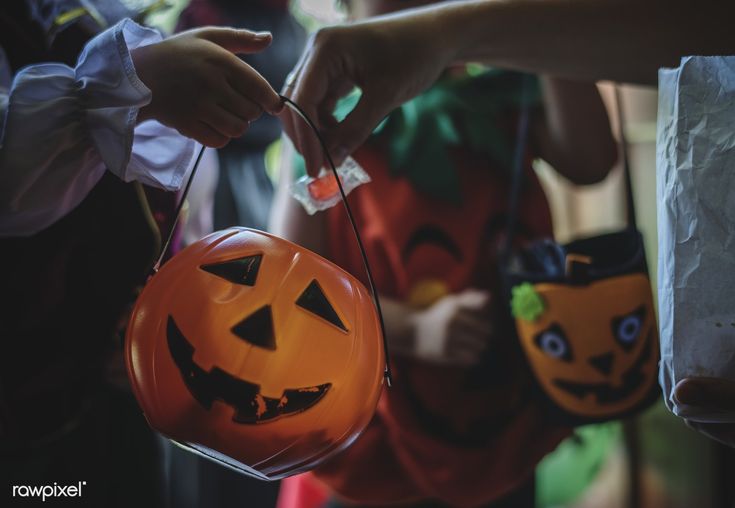 It was a tradition that gets followed in various parts of the world. The lads get divided into groups that get led by some horn-blowers selected for their lung power.
It was a tradition that gets followed in various parts of the world. The lads get divided into groups that get led by some horn-blowers selected for their lung power.
In nineteenth-century America, rural refugees from Ireland and Scotland kept gender-specific Halloween rituals from their native lands. Its entrance to the urban world is most likely traceable to mid-nineteenth-century New York, whereby ragamuffins suited up and solicited adults for cents on Thanksgiving Day. Growing industrialization and unemployment exacerbated the situation in the 1930s. Adults started inventing strategies to deal with the before harmless but now complex, expensive, and lethal vandalism. Urban areas began arranging safe Halloween celebrations, and residents bribed local children to divert their attention away from their earlier chaos. The ragamuffins either vanished or rescheduled their appearance for Halloween.
Around 1939, the phrase trick or treat first appeared in print.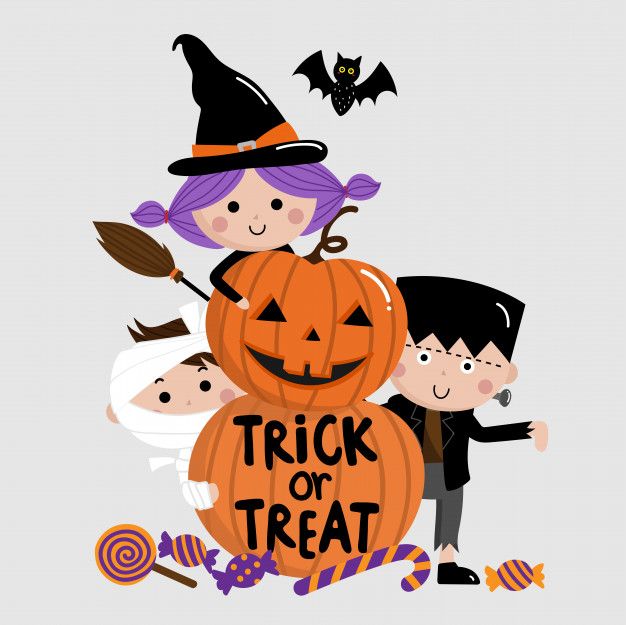 Minor children in Ireland and the United Kingdom dressed up and marched to their acquaintance houses, doing small acts and asking for a reward until the mid-twentieth century. As they shout Jingle bells, Batman smells, Robin hatched an egg, and other popular melodies, American children appear to recall this for no other reason than it is normal.
Minor children in Ireland and the United Kingdom dressed up and marched to their acquaintance houses, doing small acts and asking for a reward until the mid-twentieth century. As they shout Jingle bells, Batman smells, Robin hatched an egg, and other popular melodies, American children appear to recall this for no other reason than it is normal.
Trick-or-treating is also referred guising in Scotland. When Scottish youngsters dress up in strange costumes, they appear charming and attractive. Every well-dressed child, as he rings the neighbor’s doorbells, yells, Trick or treat! Members of the households treat and embrace young children with tasty miniature chocolates and tiny and colorful candy.
What other events or activities take place?
Halloween is more than simply a one-day event. It takes roughly two weeks to prepare the ideal Outfit for Halloween, organizes your trick-or-treating route, locates pumpkin sculpting ideas to put on the doorstep, devour the tasty Halloween candy without shame, and enhance the eeriness of your outside decorations.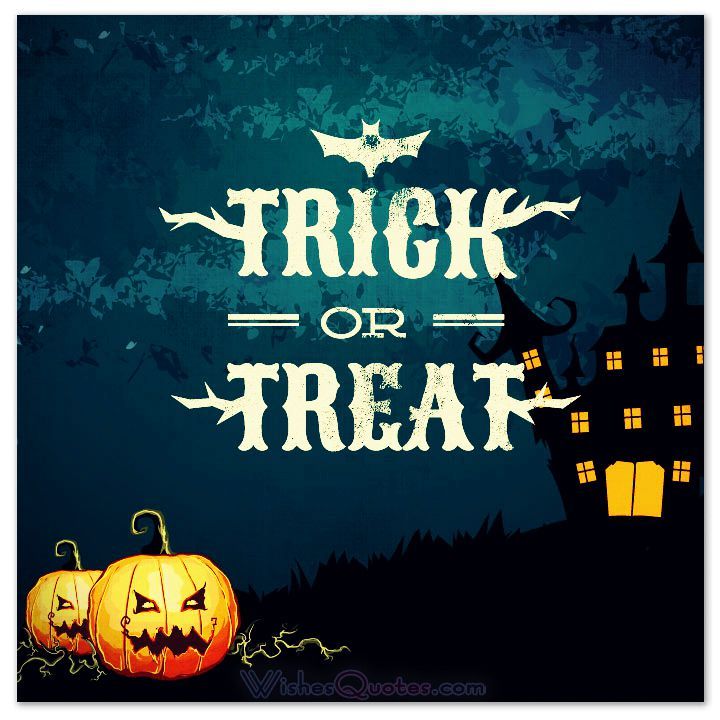 Some of the weird Halloween activities to make your year spooky are listed below:
Some of the weird Halloween activities to make your year spooky are listed below:
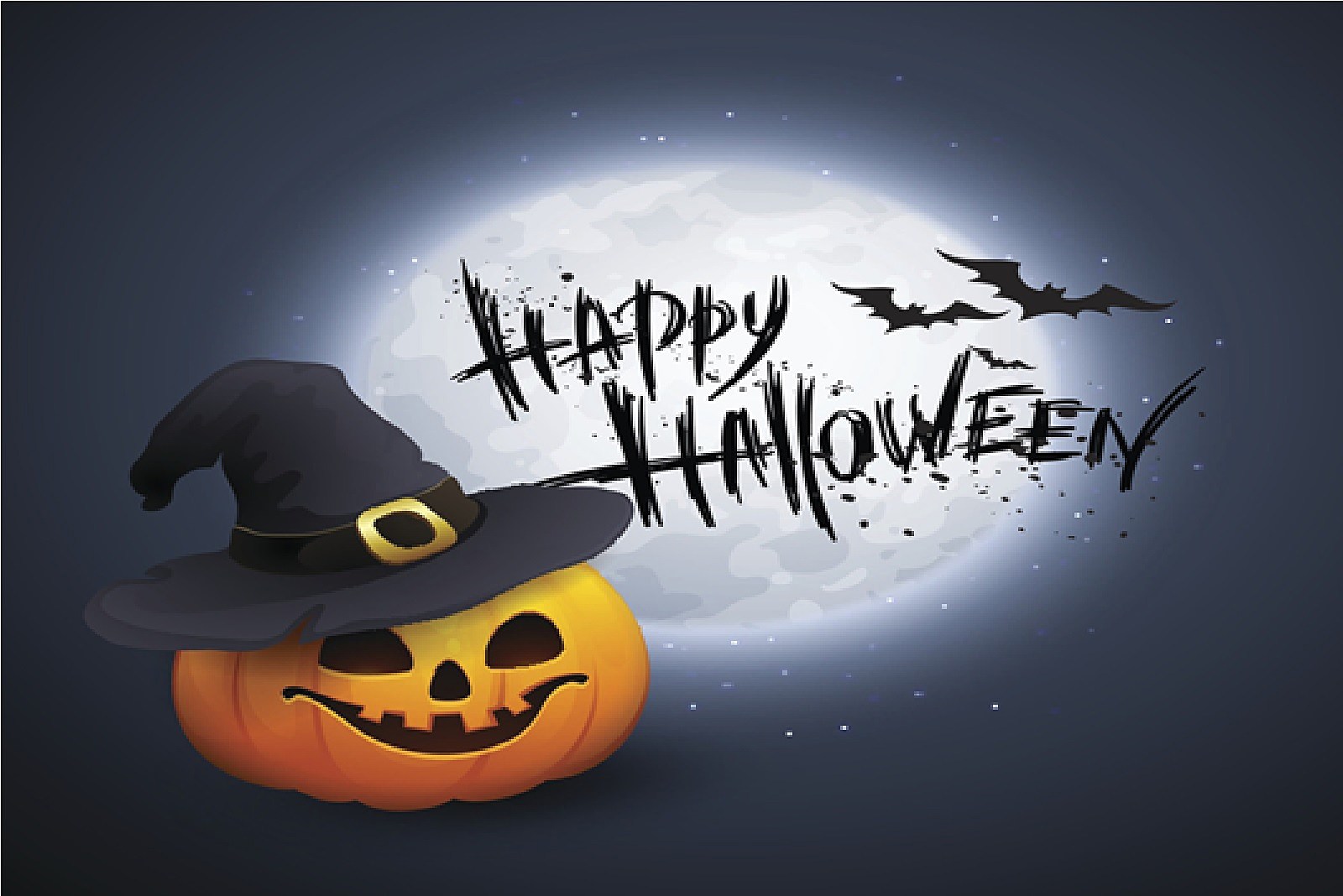
98thPercentile’s Ongoing Trick or Treat Kahoot Event
Every fun-filled event related to Halloween ends on the 31st of October. However, 98thPercentile Trick or treat will last even after that to double the fun. This Halloween, 98thPercentile is hosting Trick or Treat Kahoot on November 6 and 7 to encourage students to read. Students in grades 1–6 will need to register first to participate in this spooky event of the year. Children will be required to read one of three Halloween-themed books as part of the event’s goal of instilling reading habits. Then, as part of the Kahoot session, they must go through a tricky question-and-answer round. It will be a fun event with a once-in-a-lifetime opportunity to acquire exceptional reading and analytical abilities. Winners of this competition will get cash prizes of up to $1000 as well as outstanding scholarships.
Click here to register for this event.
Summary
Halloween is one of the oldest annual festivities, going to take place on October 31st.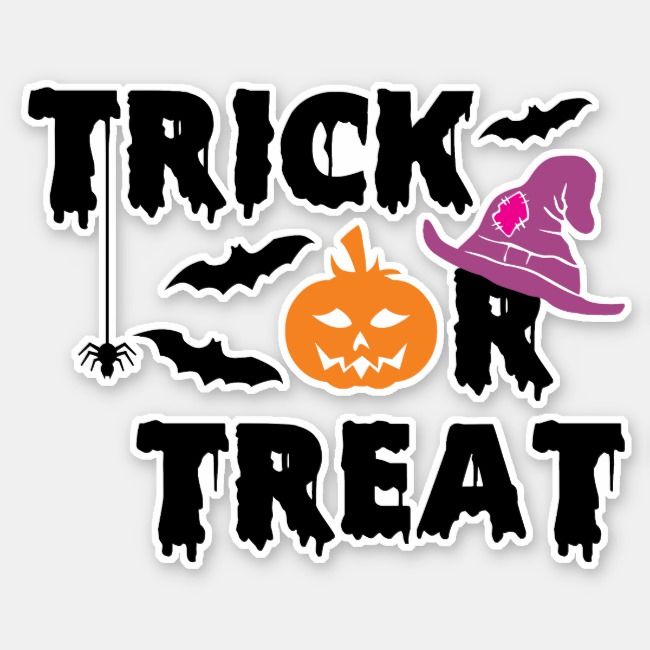 However, it is always extra fun to celebrate a little more. To make this Halloween more spooktacular, 98thPercentile is organizing Trick and Treat Kahoot and encouraging children to read more. This event will be entertaining and informative for students, providing them with a unique lifetime experience. It is the best opportunity for children to enjoy and learn at the same time. Try 98th Percentile now by booking a free trial session here!
However, it is always extra fun to celebrate a little more. To make this Halloween more spooktacular, 98thPercentile is organizing Trick and Treat Kahoot and encouraging children to read more. This event will be entertaining and informative for students, providing them with a unique lifetime experience. It is the best opportunity for children to enjoy and learn at the same time. Try 98th Percentile now by booking a free trial session here!
ant gas
eat indistinct
European
icon
Web design
cute
fairy grasshopper
little girl
amusing art ascendant background bat black broom bull card cartoon character clip-art clipart collection comic contrast coreldraw corpse costumes critter cute demon design devil dracula drawing droll
elements event fantasy figure fire frankenstein funny ghost halloween happiness holidays house humor humorous icon icons illustration illustrator invitation isolated kids lovely monster nice post
holiday
bat
fort
halloween ant
ant halloween
banner
the bats
bat
the bats
building
suits
halloween
horror
dark
twilight
evil
scull
bones
skulls
baby
cartoon
cry
reference Information
onion
cakes
reference Information
wagons
cartoon
reference Information
map
cartoon
art
big
cartoon
cute
animal
animals
nature
star
cartoon
Why do kids dress up in costumes every October 31st and knock on strangers’ doors to ask for sweets? Halloween has its roots in the ancient Celts, early Catholics and 17th century British politics.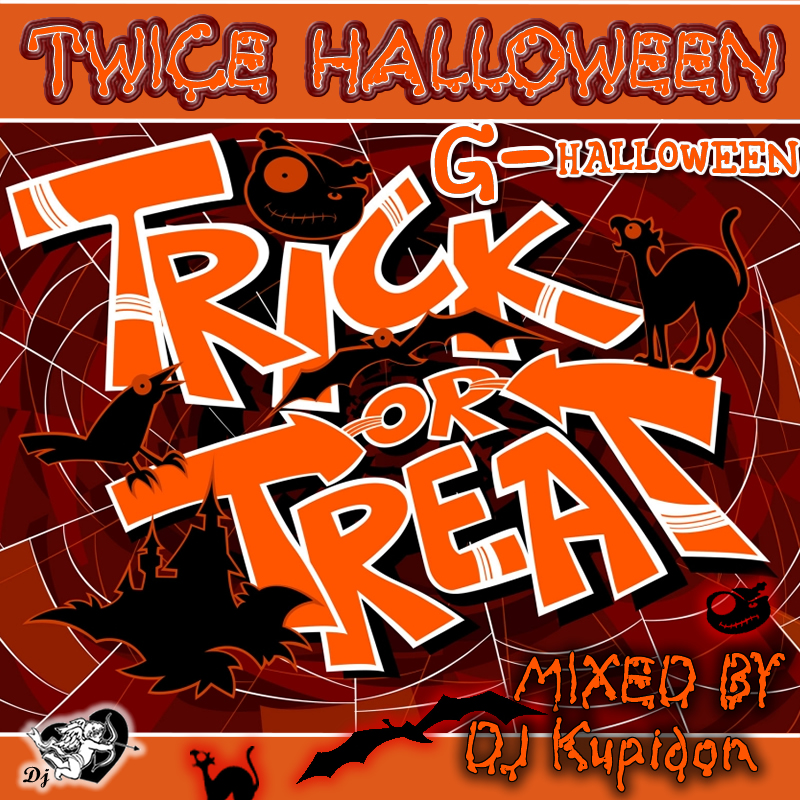
In our school, this holiday is celebrated with a special approach, because a good half of our teachers simply love it! Starting next week, our school in the Park of Culture will start 2 children’s competitions for our little students: – a drawing competition for the scariest monster for children under 12; – competition for the best horror story for teenagers.
By the way, we will choose the winners together with you, so be sure to subscribe to our social networks so as not to miss the most interesting!
“Trick-or-treating” can be literally translated as “trick or treat” or, even more simply, “sweet or nasty”. Heading out on Halloween night in costume and ringing the doorbell with the traditional phrase to demand a treat has been a tradition in the US and Europe for over a century. The origin of this holiday remains obscure, but traces of it can be found in ancient Celtic festivals, early Roman Catholic celebrations, medieval practices, and even British politics.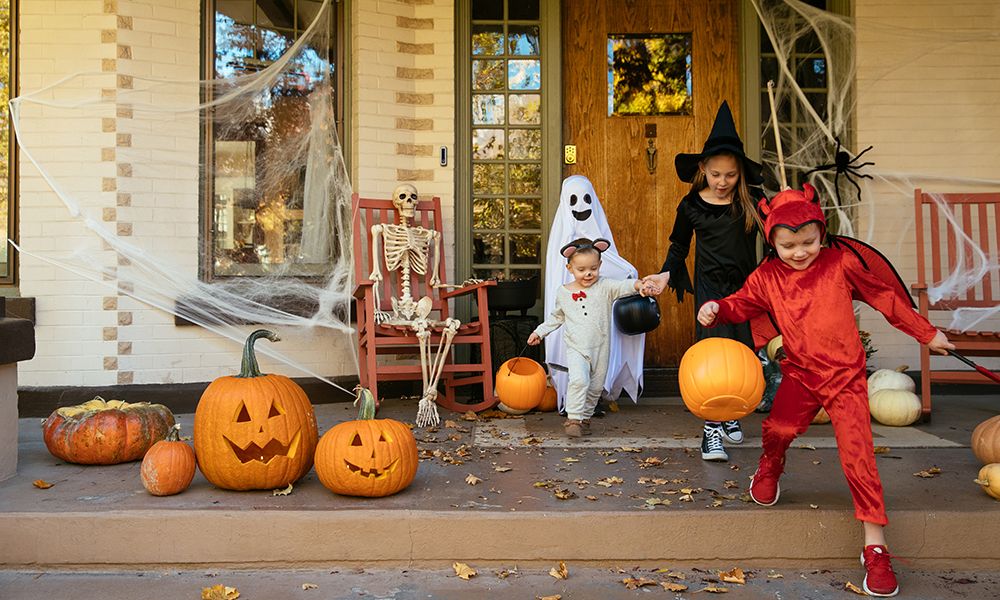
Halloween has its roots in the ancient, pre-Christian Celtic holiday of Samhain, which was celebrated on the night of October 31st. The Celts, who lived 2,000 years ago in what is now Ireland, the United Kingdom, and northern France, believed that the dead returned to earth at Samhain. On the holy night, people gathered to light bonfires, make sacrifices and pay tribute to the dead.
During some of the Celtic festivals of Samhain, villagers dressed up in animal skins to ward off ghostly visitors. They also prepared banquet tables with many treats to appease uninvited spirits. In later ages, people themselves began to dress up as ghosts, demons, and other malevolent creatures, performing antics in exchange for food and drink. This custom, known as murmuring, dates back to the Middle Ages and is considered the forerunner of trick-or-treating.
Did you know? Although it is not known exactly where or when the phrase “trick or treat” was coined, the custom was firmly established in American popular culture by the 1951 Peanuts comic strip.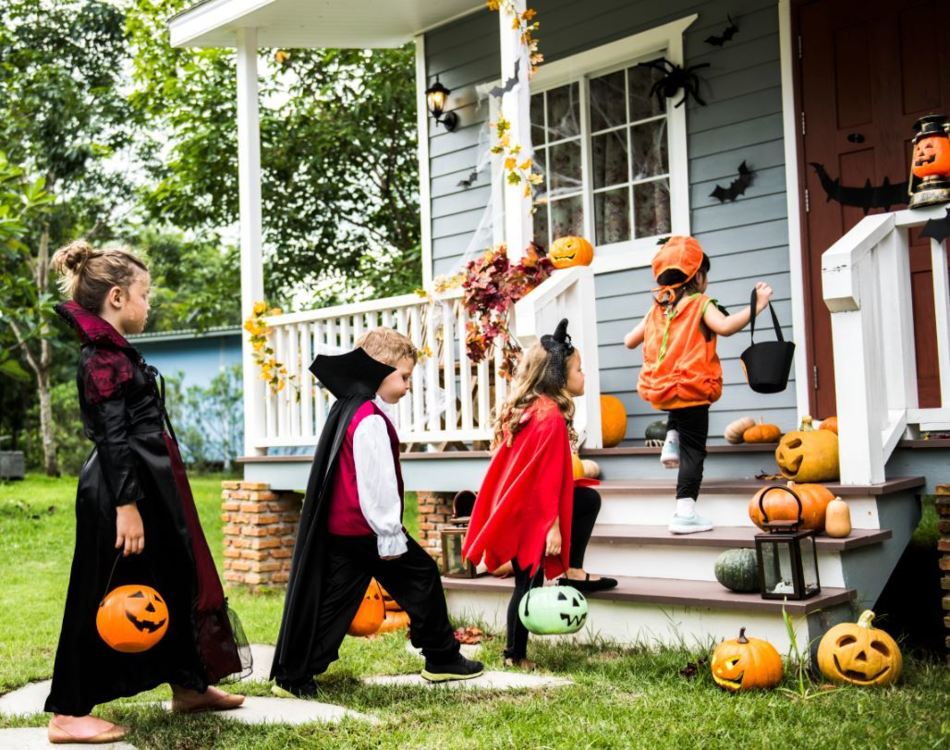 And in 1952, Disney released a cartoon called Trick or Treat featuring Donald Duck and his nephews Huey, Dewey and Louie.
And in 1952, Disney released a cartoon called Trick or Treat featuring Donald Duck and his nephews Huey, Dewey and Louie.
By the ninth century, Christianity had spread to the Celtic lands, where it gradually mixed with and supplanted older pagan rites. In 1000 AD, the church proclaimed November 2 as All Souls Day, a time to honor deceased relatives. The festivities in England resembled the Celtic celebrations of Samhain, accompanied by bonfires and masquerades.
Poor people visited the homes of wealthier families and received cakes called soul cakes in exchange for a promise to pray for the souls of the deceased relatives of the homeowners. This practice, known as “animation”, was later picked up by children who went from door to door begging for gifts and food.
In Scotland and Ireland, young people took part in this tradition by dressing up in costumes and accepting offerings from various households.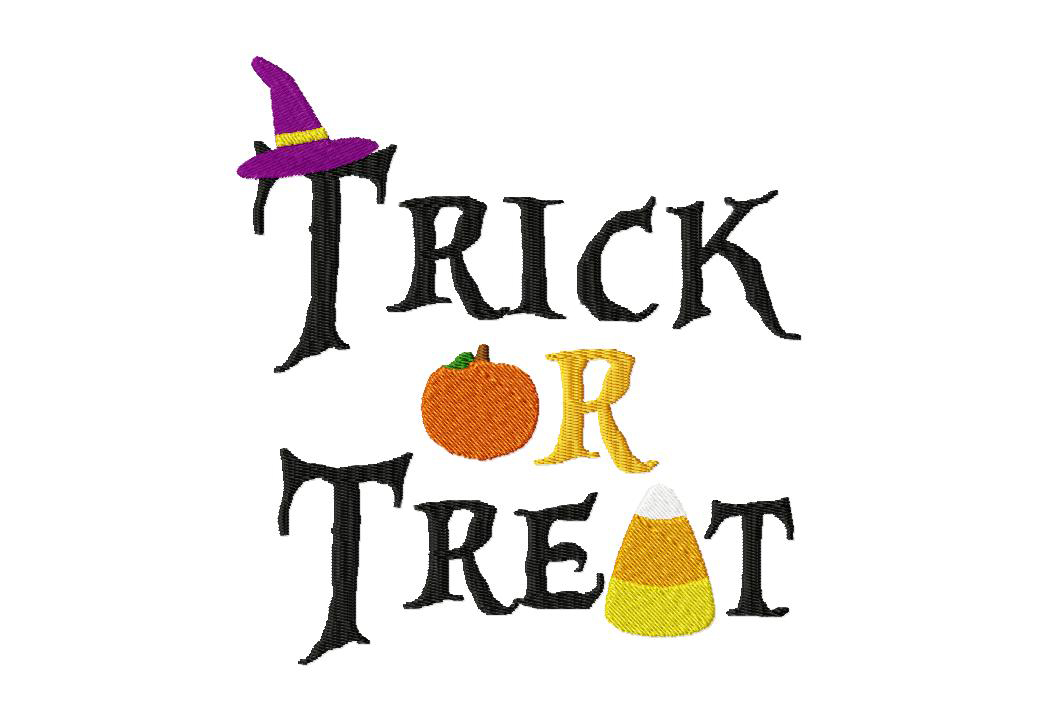 Instead of praying for the dead, they sang a song, recited poetry, told jokes, or performed some other kind of “trick” before gathering their treat, which usually consisted of fruits, nuts, or coins.
Instead of praying for the dead, they sang a song, recited poetry, told jokes, or performed some other kind of “trick” before gathering their treat, which usually consisted of fruits, nuts, or coins.
The trick-or-treat tradition also has elements similar to Guy Fawkes Night (also known as Bonfire Night) celebrations. On that night, which marked the collapse of the Gunpowder Plot in 1605, British children wore masks and carried effigies, begging for pennies. On November 5, 1606, Fox was executed for participating in a Catholic-led conspiracy to blow up the Houses of Parliament of England and remove King James I, a Protestant, from power.
On the first day of Guy Fawkes, celebrated immediately after the execution of the famous conspirator, communal bonfires, or bonfires, were lit to burn the effigies and symbolic “bones” of the Catholic pope. By the early 19th century, children carrying effigies of Fox were roaming the streets on the evening of November 5, asking for “penny for the guy”, which they spent on fireworks.